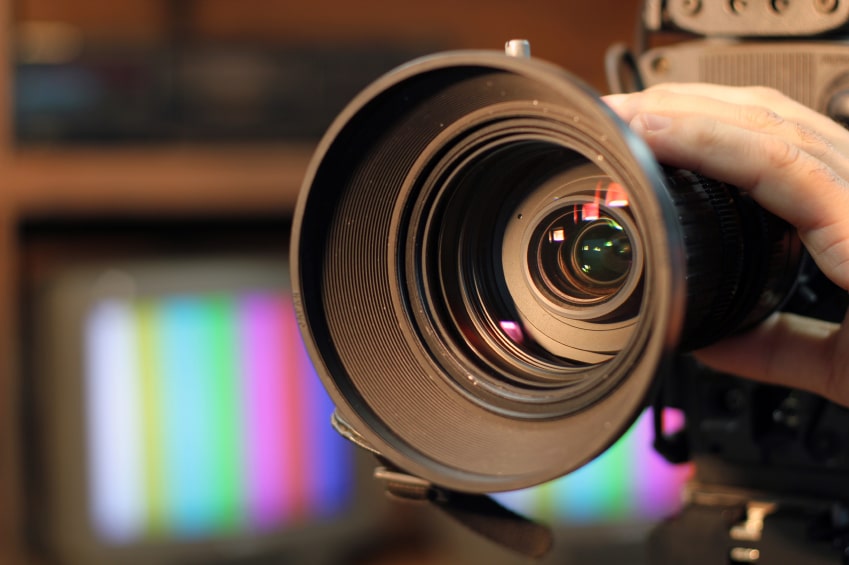Occasionally, local stations may want to cover your news or get your input and perspective on a local story. And oftentimes, that means they’ll want to talk with a spokesperson on camera the same day they reach out to you. When that happens, you’ll want to have someone (usually a company executive) ready to be on camera at a moment’s notice.
Don’t be caught off guard
From the time a reporter reaches out to you to the moment the camera starts rolling, there is a flurry of activity. You’ll have to figure out on-the-spot the logistics for a visit, get camera-ready and decide what you want to say. Considering the need for quick coordination, you’ll probably want to figure out as many of the details as possible ahead of time.
Here are a few pointers to keep in mind to get in front of the camera quickly:
1. Logistics: This might seem like a no-brainer, but be sure to have your address on hand and directions for how to get into your building. Is there a security desk the reporter has to check in at? Make sure all names are on the list. What about parking? Make it as easy possible for the reporter.
2. Spokesperson: This is usually someone from the C-suite as he or she can most often provide some thought leadership on relevant topics. This individual should ideally have spare clothes on the ready. Try a nice button down shirt and slacks for a nice professional appearance.
3. Recording equipment: Will the reporter come with a film crew and camera? Maybe they’ll just have simple voice recorder? Be sure to ask ahead of time to know what to expect. Although less likely, also consider the possibility of the reporter having a hidden recording device trying to make the most of an off-the-cuff remark. And for those in the Pacific Northwest, rest assured that Washington state is one of 12 states that forbids the recording of private conversations without the consent of all parties (RCW 9.73.030).
4. Talking points: Executives should have some expertise and knowledge of their industries, but it doesn’t hurt to have suggested talking points to discuss. Try to have some real-world examples or supporting stats around whatever it is they’ll be discussing.
5. Be prepared for any potential “gotcha” questions: Brainstorm likely and any worst-case-scenario questions that might come up and practice ways to respond to them. In a pinch, you could simply state that you aren’t prepared to discuss a particular topic at that time, but you’d be happy to schedule another interview at a later date.
6. On-camera tips: When speaking with a reporter on camera, be sure to maintain eye contact, focusing on the person asking the questions and not on the camera. Be sure to use short, succinct sentences and to avoid jargon. If you must use jargon, use it in a way that anyone would be able to understand what you mean or provide an example or analogy.

